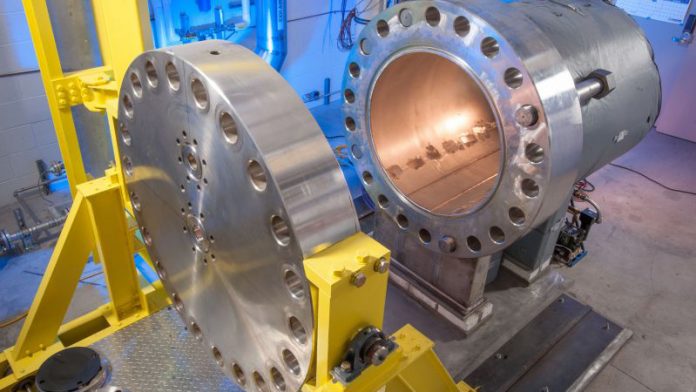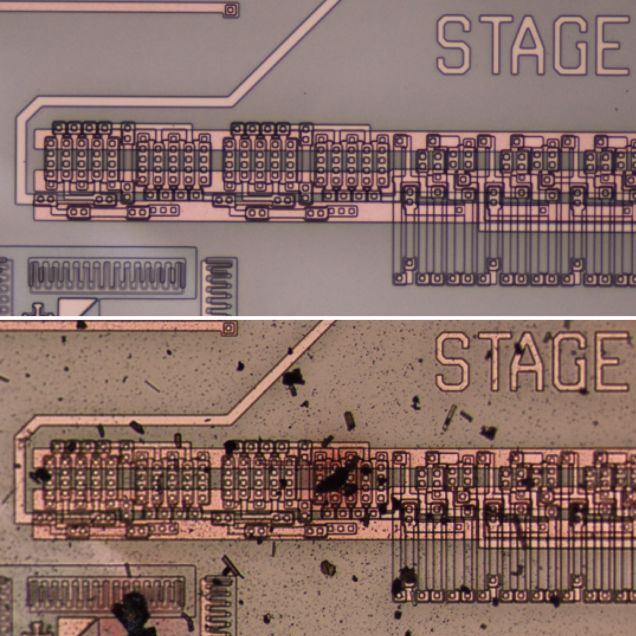NASA has come with yet another revolutionary innovation, where a computer chip is to survive the high atmospheric pressure of the hottest planet in the solar system.
The computer chip built by NASA Glenn Research Centre is an extremely durable silicon carbide semiconductor integrated circuits that have already endured Venus-like simulation for an impressive 521 hours, for almost 22 days. However the experiment has to be called off not because the chip breaking down, but the Glenn Extreme Environments Rig (GEER)—the chamber that maintains simulated Venus temperatures and pressures—required to be shut down after for running up three weeks straight.
“We demonstrated vastly longer electrical operation with chips directly exposed — no cooling and no protective chip packaging — to a high-fidelity physical and chemical reproduction of Venus’ surface atmosphere,” said lead electronics engineer Phil Neudeck. “And both integrated circuits still worked after the end of the test.”
During the test, the engineers were able to prove that the ICs could work under conditions similar to those found on Venus. The chips lasted for 521 hours – more than 100 times longer than other electronics previously designed for a Venus exploration.
“With further technology development, such electronics could drastically improve Venus lander designs and mission concepts, enabling the first long-duration missions to the surface of Venus,” said Neudeck. Though many are making preparations to go to Mars, some researchers suggest Venus as a potential option for human colonisation, assuming it could be terraformed. These long-overdue missions would be the first step to exploring that possibility.
The spacecraft that holds the record for functioning the longest on the surface of Venus is Venera 13, a Soviet craft that landed back in 1982 and transmitted data about its environment for 127 minutes. For its Venera and follow-up Vera programs, the USSR housed electronics in hermetically sealed chambers that were sometimes cooled to about 14º F (-10º C) before being dropped into the Venusian atmosphere, and even then, two hours was the best they could do.
The applications of this chip, however, aren’t just limited to Venus exploration missions. According to Gary Hunter, principal investigator for Venus surface electronics development, “This work not only enables the potential for new science in extended Venus surface and other planetary exploration, but it also has potentially significant impact on a range of Earth relevant applications, such as in aircraft engines to enable new capabilities, improve operations, and reduce emissions.”









